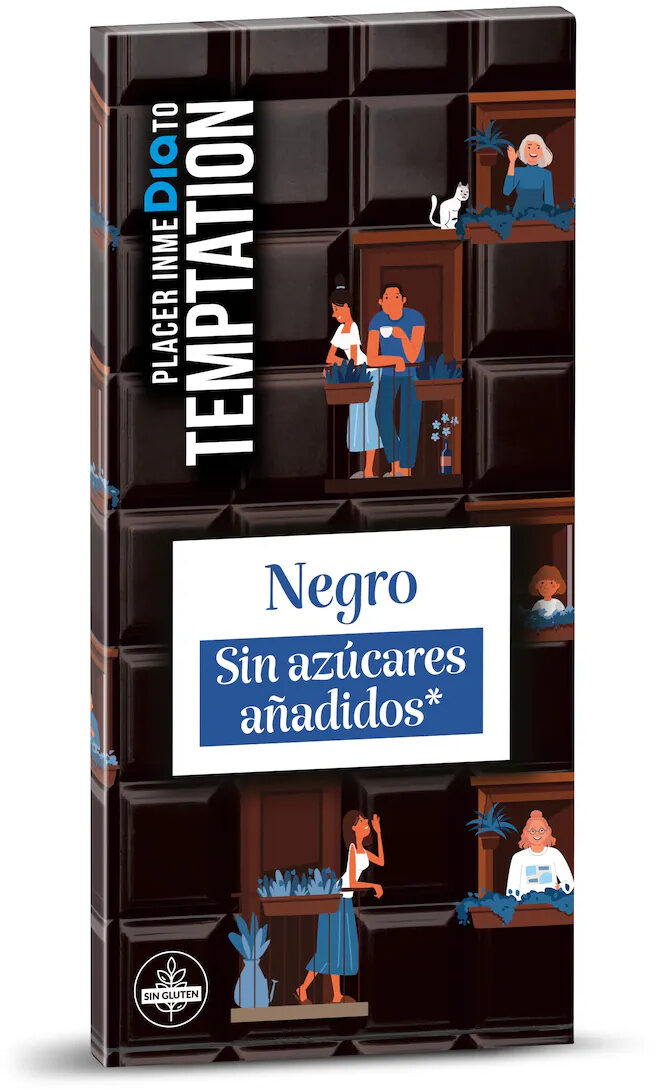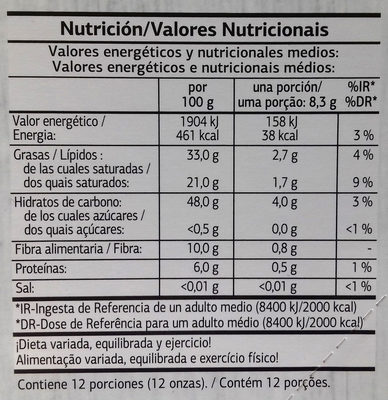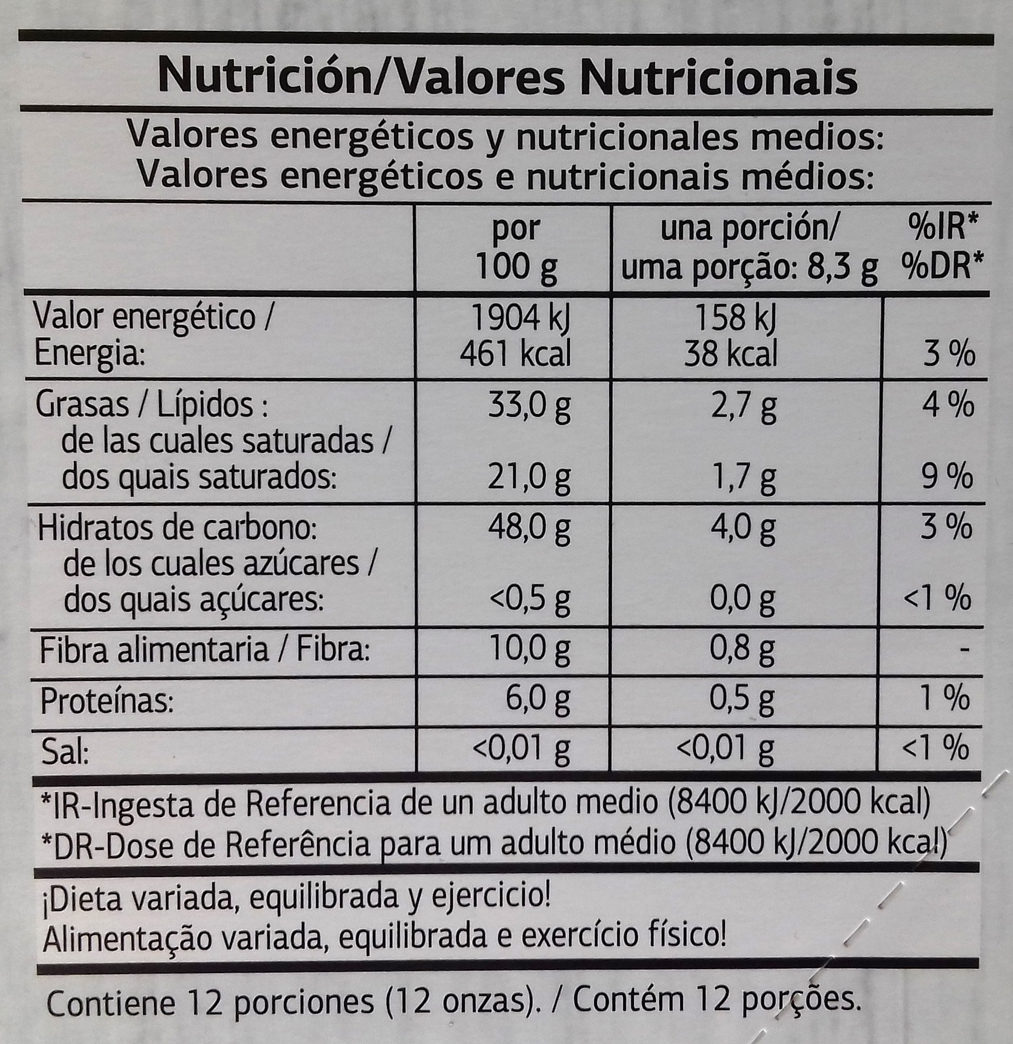Chocolate negro sin azúcares - Vital Dia - 100 g
This product page is not complete. You can help to complete it by editing it and adding more data from the photos we have, or by taking more photos using the app for Android or iPhone/iPad. Thank you!
×
Barra-kodea: 8480017111852 (EAN / EAN-13)
Izen arrunta: Chocolate negro con edulcorantes
Kopurua: 100 g
Ontziratzea: en:Metal, en:Recyclable Metals, 41 ALU, en:container
Kategoriak: en:Snacks, en:Sweet snacks, en:Cocoa and its products, en:Chocolates, en:Chocolates with sweeteners, en:Dark chocolates, en:Dark chocolates with sweeteners
Etiketak, ziurtagiriak, sariak: en:Low or no sugar, en:No gluten, No added sugar, en:With sweeteners
Manufacturing or processing places: España
Dendak: Dia
Saltzen diren herrialdeak: Espainia
Matching with your preferences
Ingurumena
Carbon footprint
Ontziratzea
Transportation
Report a problem
Datuen iturria
Product added on by copito25
Last edit of product page on by thaialagata.
Produktuaren orria -gatik editatua inf, javichu, kiliweb, neptuno, packbot, tacite, yuka.RjZrNk80RUtuOFlIdmZadW9qbkw2SU5JeGJLdFdtMnBNYmNUSWc9PQ, zoneblockscommunity.










